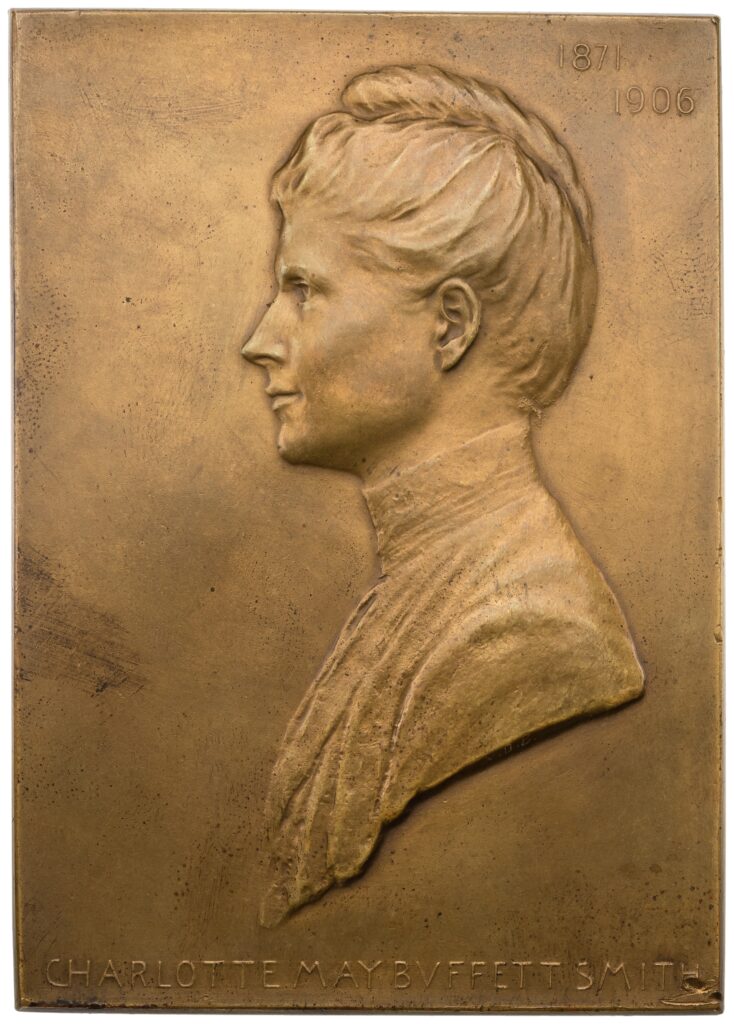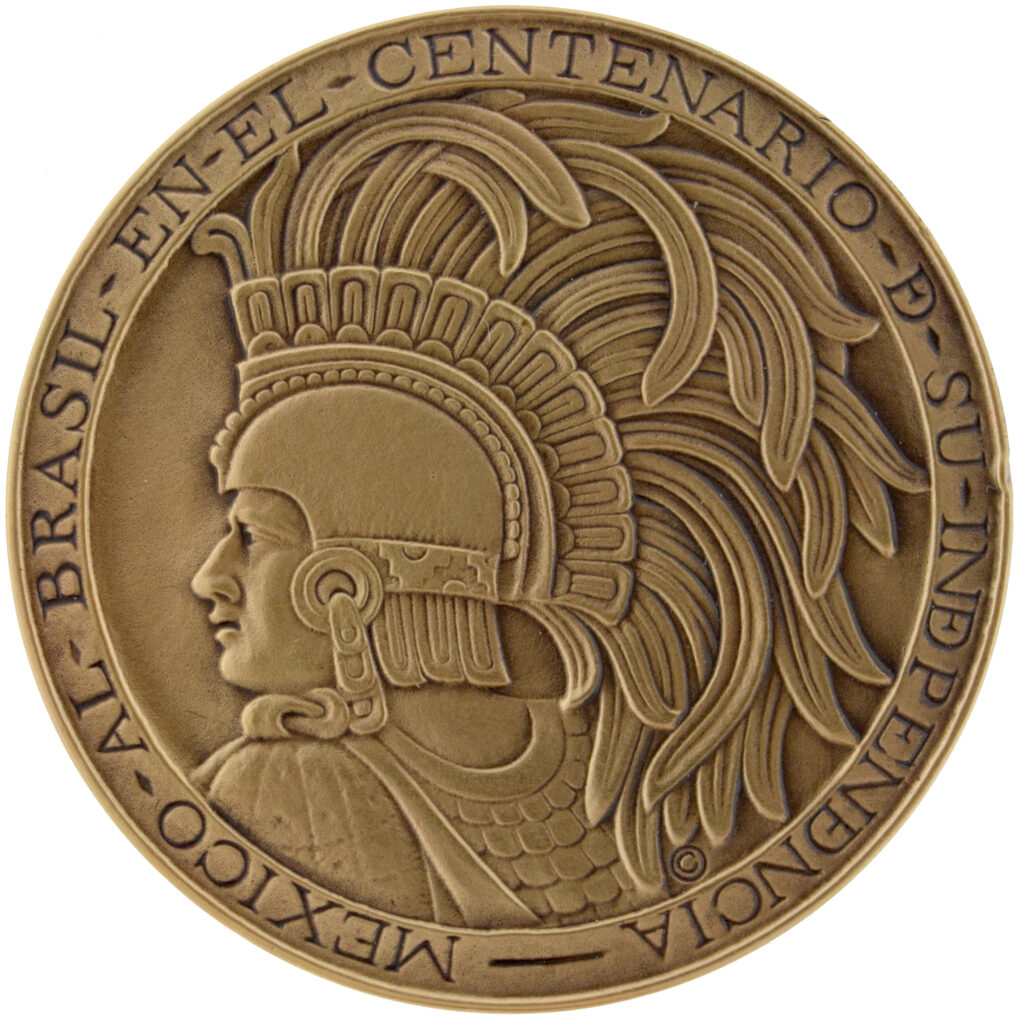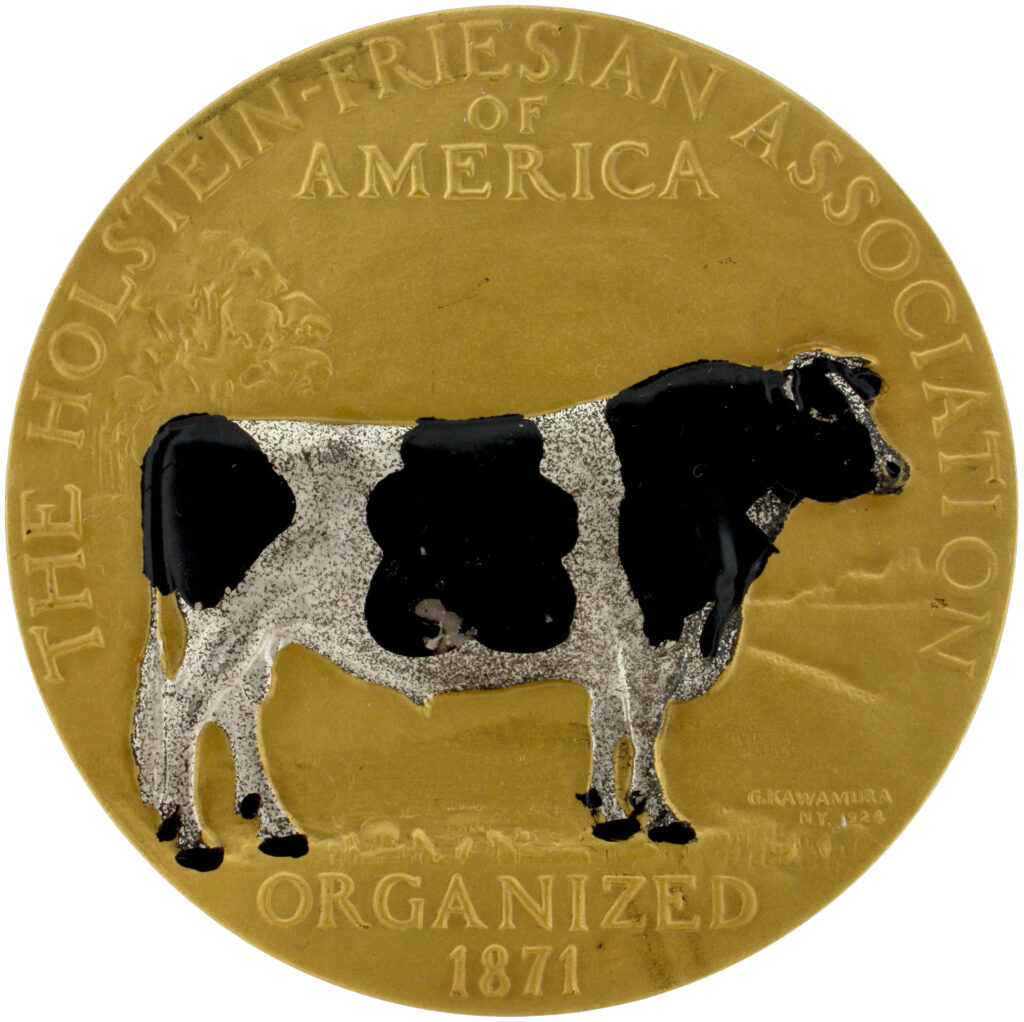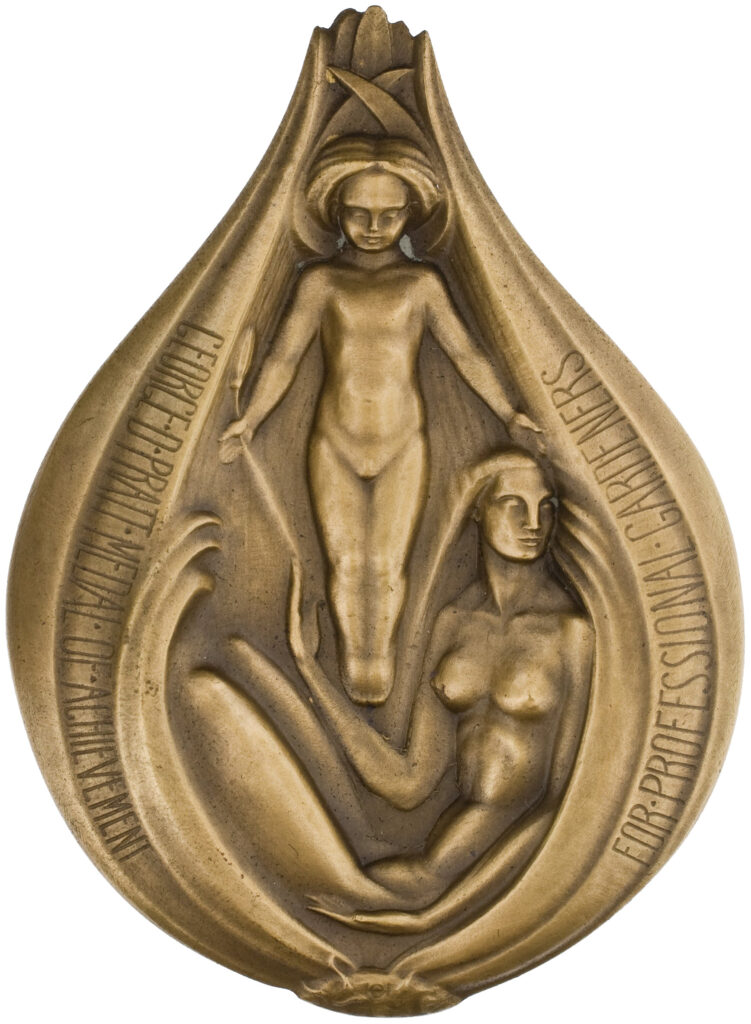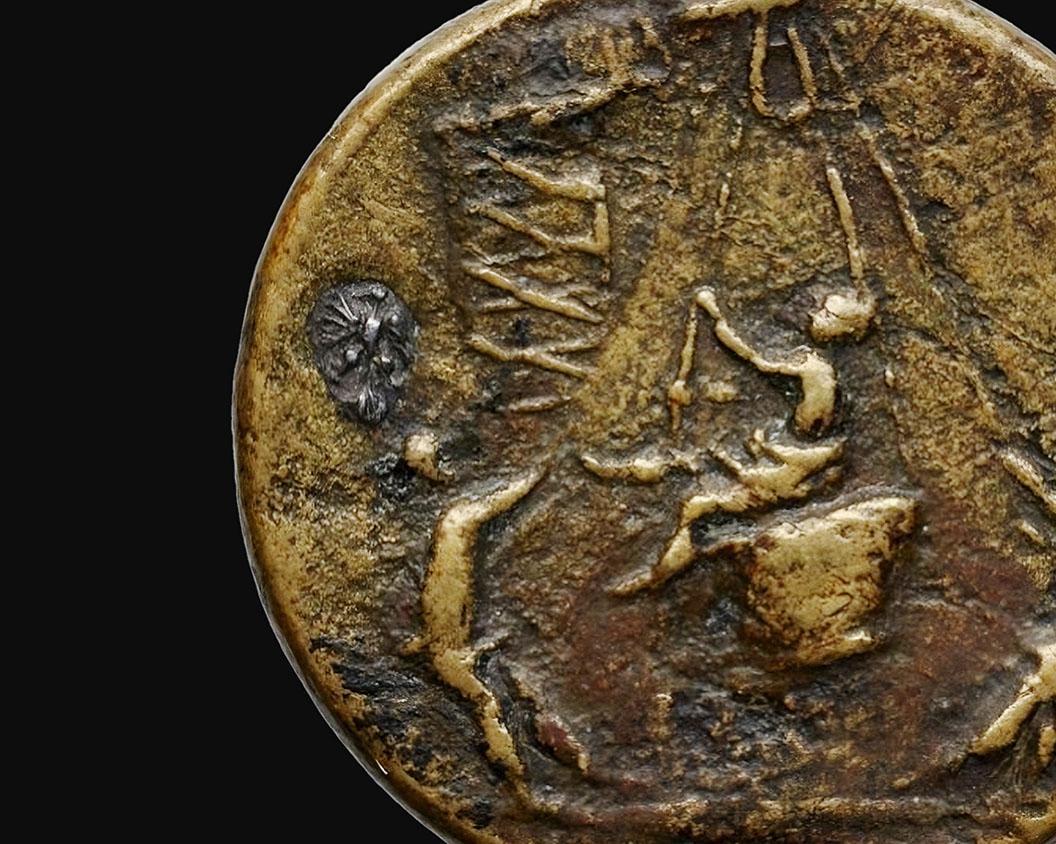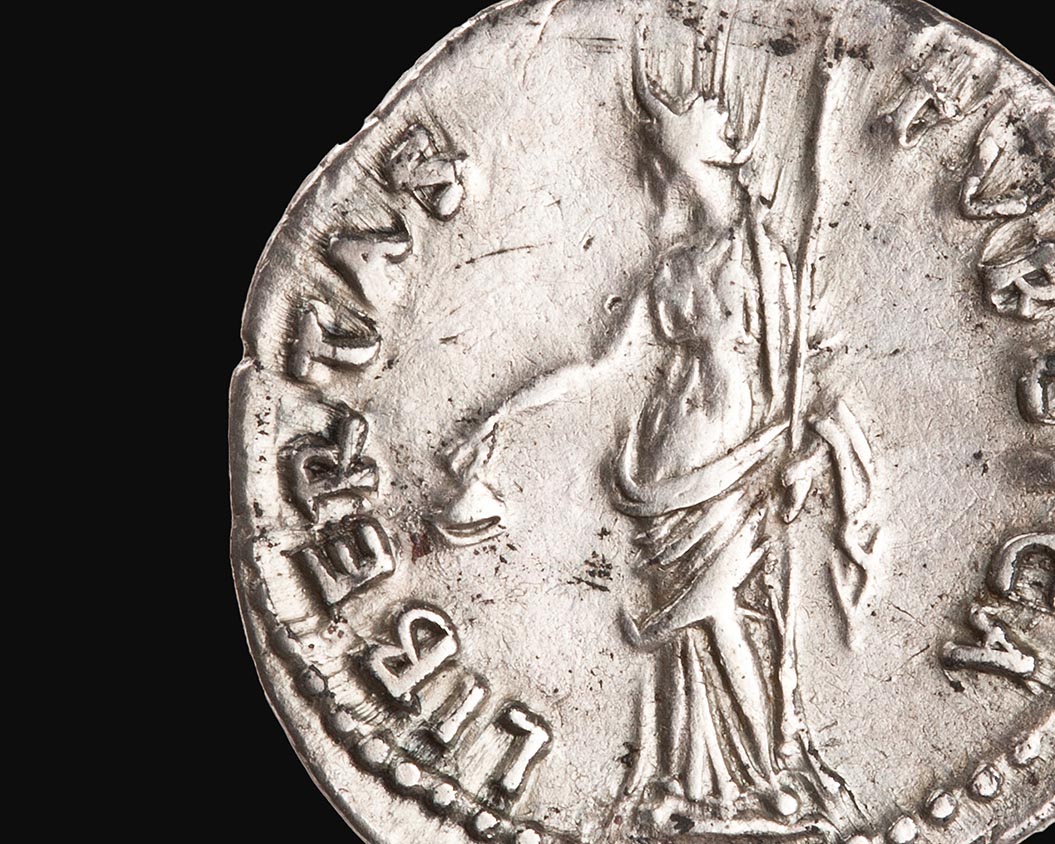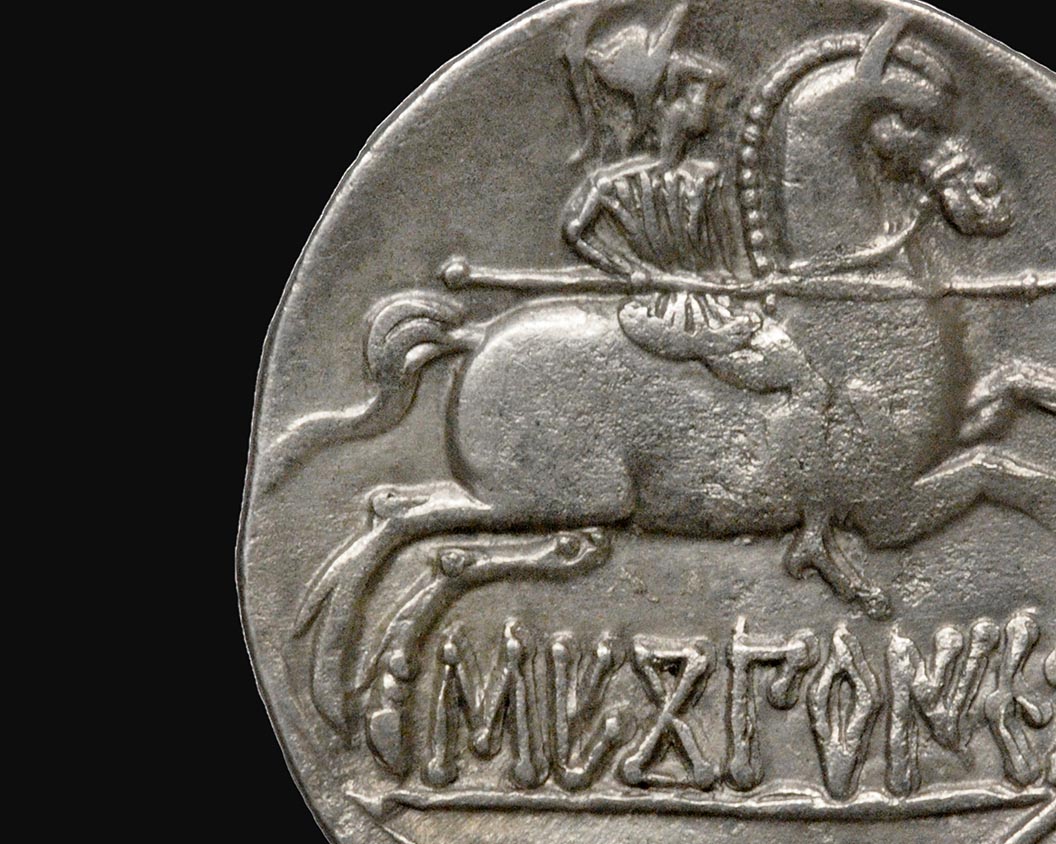The Future of MACO
The Medallic Art Company Archives
Because of the sheer size of the MACO collection and archives, a clear and succinct plan is needed to move forward.
Obstacles
Despite the broad range of topics covered and an all-encompassing list of clients, no study of this vast body of material culture has ever taken place. In part, this is because there are no complete catalogues of the medals issued by MACO or any of the other private mints publicly available. In part too, this is because the study of US medallic art, especially 20th century medallic art, is an underdeveloped field of research, lacking not just coherent methodologies for addressing the many social, political, commercial, and artistic aspects of the medals, but also the basic resources necessary for contextualizing them.
This contextualizing includes not just that related to medallic art and medals as a whole, but also the more specific context for the production of each medal, including who commissioned the medal and why, the origin and meaning of the imagery and iconography selected to appear on the medal, and why a particular artist was selected to execute the concept. While each of the medals produced by MACO have their own unique history tied to the individual companies and organizations that commissioned the work, we lack readily available information for many of the organizations, particularly those that are more obscure, short-lived, and small, including such basic information as locality, dates of operation, and the individuals who founded and led it.
Similarly, there is little easily accessible information on the vast majority of 1,041 artists and other artisans who designed MACO medals or complete lists of their work. A broad array of better and lesser known artists designed MACO medals, but even in the case of the more famed sculptors, like Laura Gardin Fraser, Paul Manship, Janet Scudder, and Adolph A. Weinman, there are few easily accessible complete lists of their medallic work. This problem is further compounded for those artists with fewer works in their portfolio.
While each medal has its own history, the collective histories of the medals produced by MACO contribute to the better understanding of US history and society. The collection as a whole is a key to understanding the act of awarding medals and the collective reasoning behind it, and why medal giving was so pervasive in 20th century American society. Lacking as we do the readily available resources to help explain all this, a vast body of US cultural heritage will remain underappreciated and understudied, effectively closing the window on a unique perspective of our culture in the 20th century.
Solutions
The ANS plans to embark on a three-year project that aims to resolve these obstacles by creating a suite of freely accessible, linked open data, web-based resources, all accessible through the landing page of the website. These resources may include: 1) an illustrated web-based historical overview of the role of medals and medallic art in general in the US, and of MACO’s contribution to it more specifically; 2) a complete and comprehensive, fully-illustrated and searchable online catalogue of the ca. 15,000 medals produced by MACO; 3) a complete, annotated catalogue of the corporations, institutions, and individuals who commissioned MACO medals; and 4) a complete, annotated catalogue of the artists who designed MACO medals.
Using the archival material, including documents and photographs that the ANS acquired with the MACO purchase, as well as its existing extensive collections and archives, the first resource, an illustrated booklet-length essay with links to catalogued medals and archival items, can provide the general context for how and why medallic art became an important artistic and commemorative medium in the US in the 20th century, and the first comprehensive history of the largest and one of the longest-lasting private mint in the US. Among other things, this historical overview may consider the technical aspects of medal production, the process of commissioning medals and engaging the artists, and special MACO projects, such as the Society of Medallists (1930–1995), a program by MACO to produce a specialized series of over 100 art medals alongside those they produced on commission for institutions, organizations, and governments.



The second resource can act as a catalogue raisonne for MACO medals. The medals will be arranged chronologically, in sets of obverse and reverse marriages conceived of and designed as a combined entity different from all other medals. Each type may have its own webpage with a stable URI on which may include detailed information including obverse and reverse descriptions, legends, a list of subjects, and artist. These subjects may include the person or organization that commissioned the medal, the people, places, or events depicted on the medal, as well as iconographic symbols. Where possible, elements of the typological description and the subject list can have embedded links to external resources, such as Nomisma.org and Wikidata.org, both universally recognized and respected linked open data repositories, and other resources of the project. In addition, each page can contain high resolution images, free to download, of each medal and associated galvanos, die shells, dies and hubs. Included as part of the ANS’s acquisition of the MACO archives, the galvanos (relief images created from the artist’s plasters using a galvanic reduction process), die shells (essentially intaglio galvanos used in the creation of the dies on a Janvier machine), dies (used to strike the medals in heavy presses), and hubs (heavy die-like tools with a relief image used to create addition intaglio dies) provide additional information and illustration of the production process for each medal. Additional information can also be provided, such as the known sizes and compositions of the medals as a single medal was often produced in a variety of metals (mostly bronze, silver, and gold, though others as well) and sizes that ranged from less than an inch to five or more inches in diameter.
The following is a sampling of what the MACO Catalogue may look like, with just a handful of the 15,000 medals that the collection has to offer.
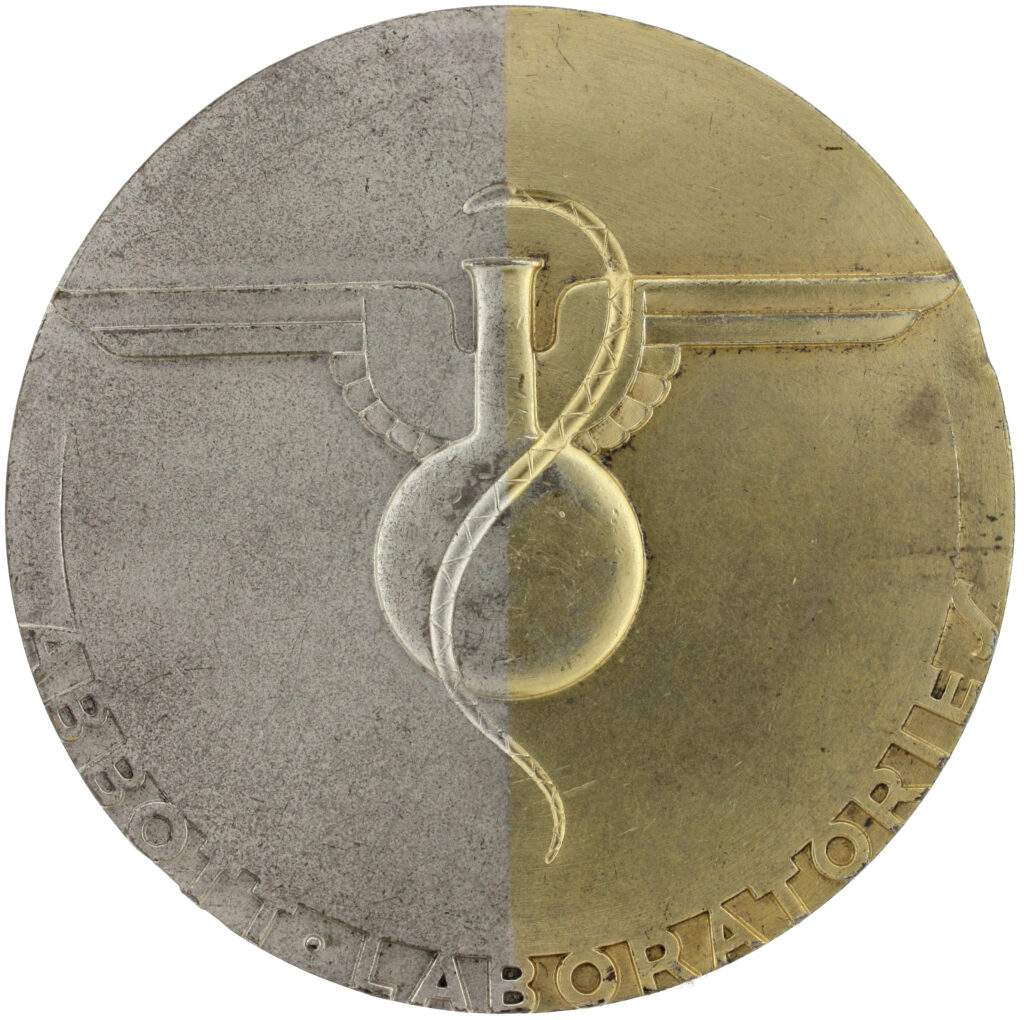
Abbott Laboratories 50th Anniversary Medal
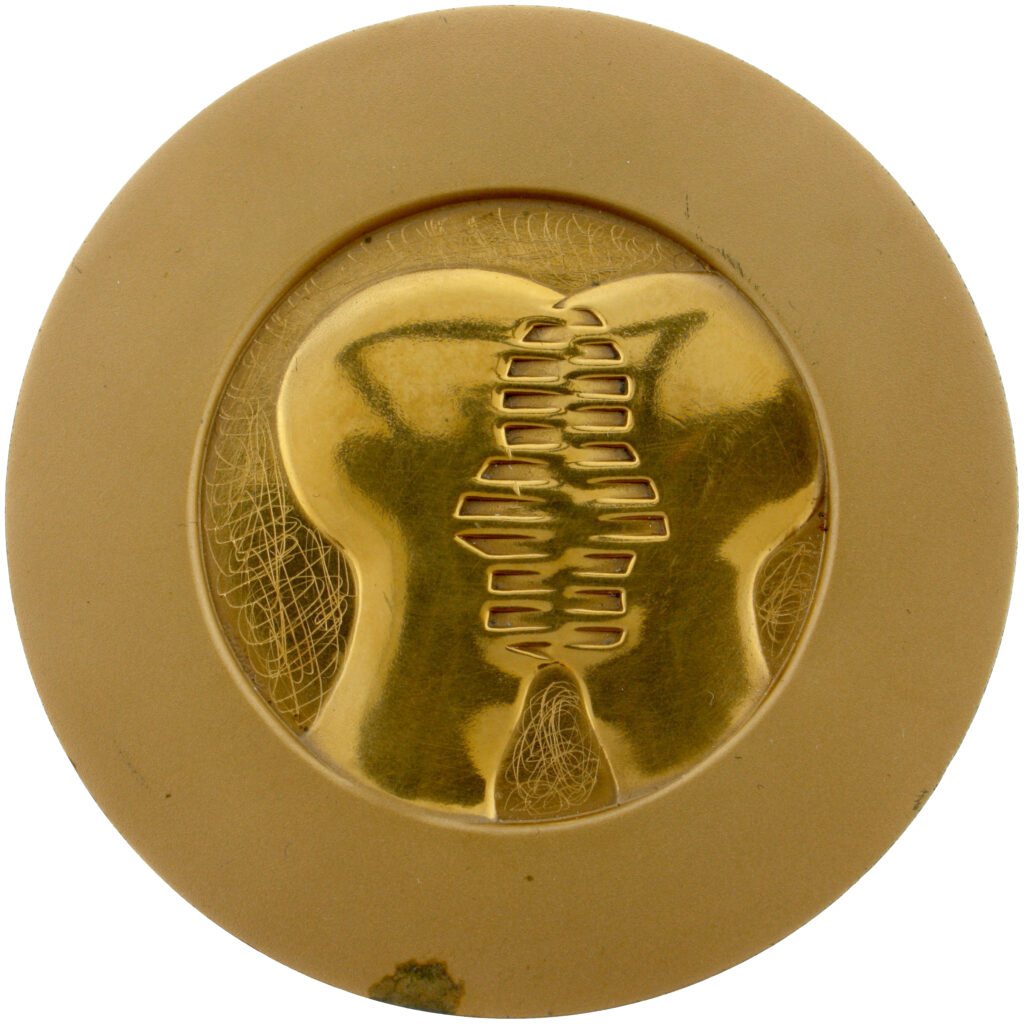
Meshed Faces Medal for Art in America magazine
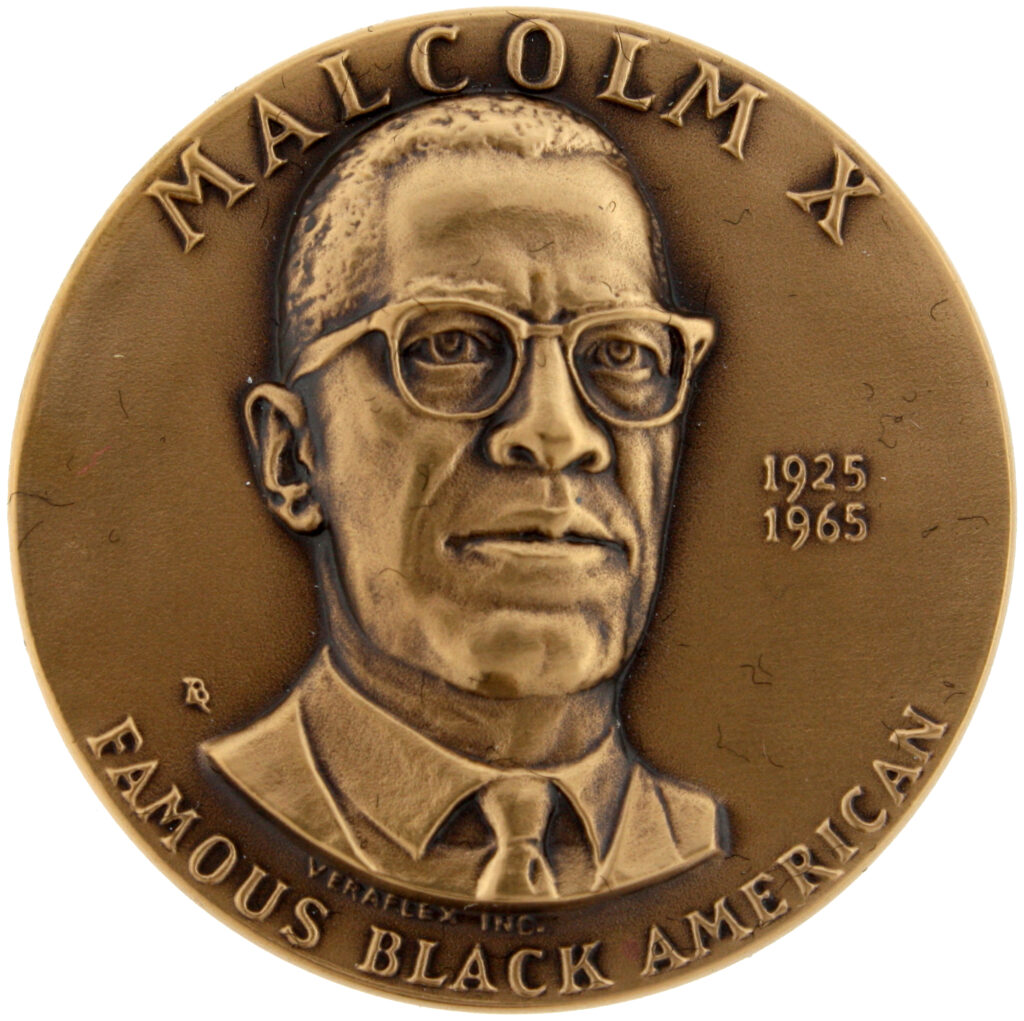
Malcom X Famous Black American Medal
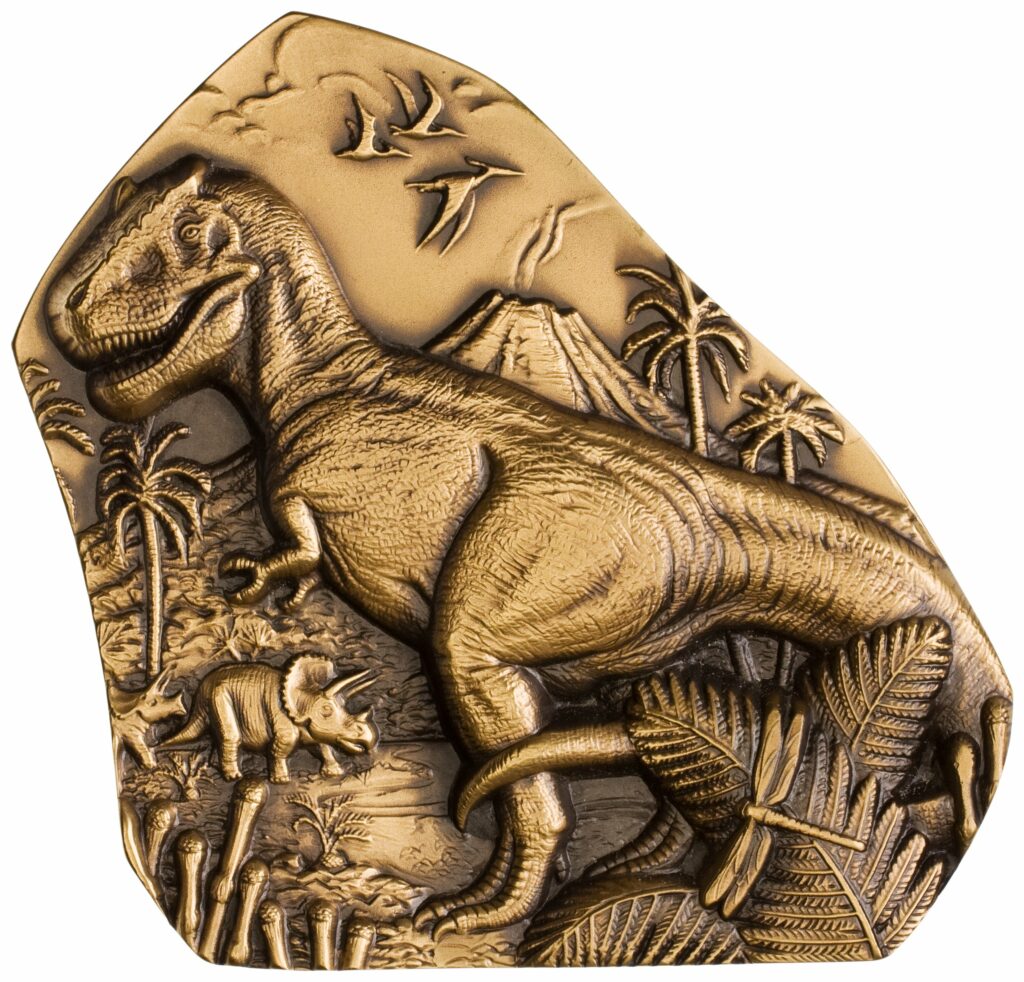
Tyrannosaurus Rex Meda
The third resource—a stand alone catalogue of the commissioning institutions, organizations, and governments—may include links to the commissioned medal(s) in the MACO catalogue site, developed by interoperating with Wikidata, the Linked Open Data back-end to Wikipedia. Where no Wikidata entries exist—estimated at approximately half of the total of ca. 10,000 commissioning agents—ANS personnel can create new entries. The MACO archives acquired by the ANS contains troves of unpublished material on both well-known and more-elusive organizations, and provides intimate details on the background of the medals and awards that MACO produced for them. This archival material can be used to create or update Wikidata entries, thus this catalogue may not only provide a brief historical sketch of each of these commissioning agents, but where possible, insight into the reasons they commissioned a medal or medals. The catalogue can be programmatically generated through a technical framework that combines the MACO type catalog’s references to Wikidata entities and machine-readable data extracted from Wikidata’s APIs, which are cached and hosted locally in an ANS-managed graph database.
A web-based publication of this information may help scholars and researchers better understand the conditions of this little-explored facet of American society, commercialisation, and achievement, including the choice of images and symbols appearing on the medals. The MACO archives include first-hand accounts of the design choices of certain medals. Collectively, this information helps garner insight into exactly what institutions considered important and act as a physical representation of a certain event, person, or ideal of 20th-century America.
The fourth resource is a standalone catalogue of the artists who produced the designs for the medals, which may include basic biographic information and links to the medals they designed within the MACO catalogue site. The catalogue of artists can also be linked to individual pages created for each artist on the ANS’s archival website ARCHER where, in time, additional material on each artist may be published. The MACO archives provide insight into the works of these individuals through correspondence and, in some cases, design sketches for particular medals. This feature can come as both a list of the artists to browse and as a search function. An entry for any of these artists will highlight the work they performed for MACO, as well as provide a biographical sketch of the individual and a list of other works they created.
The largest obstacle to meet these solutions, however, is funding. Without a sizable grant or charitable donation, much of this work cannot move forward. As supporting staff, materials, and time are needed, all of this requires money. Please do consider giving to the ANS to help see this magnificent and unparalleled collection of materials tell the story of MACO, revive a world-class collection of medallic art, and narrate the history and culture of the United States in the 20th century in a manner otherwise unobtainable.
The Collection
Due to the size of the MACO Archives, it will be impossible for the ANS to maintain the entire collection. This was apparent for the ANS even at the time of purchase. In September 2018, for instance, ANS President Syd Martin stated, “Our number one goal is to catalog all the different pieces and publish them in a separate database online and write a history of this extraordinary company, but it is clear that the Society will not be able to retain the entire collection that it acquired. Over the next years, we will have to decide on a plan how to sell and market a portion of the galvanos and die-shells.” That is, in short, the goal of this website: to define a clear path forward, as well inform the public of each step of the process.


